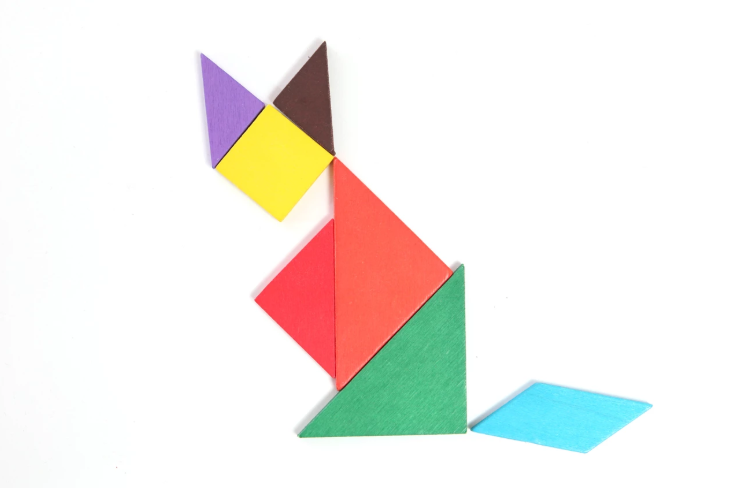By Nancy Starke, Mathematics Educator, Chittenango Schools
As an elementary math specialist in a rural school district, I often get the awesome opportunity to work with our gifted students from first through fourth grade in multi-age small groups. Even though these students are gifted, each is still incredibly different! The one commonality is that these students are so eager to learn at such deep levels while also making amazing connections between concepts.
This year I’m meeting with groups for one full week four times per year, rather than once each week, allowing for a more in-depth study of math concepts. One interesting note: In the past I tried grade level groups, like all fourth grade students together, but for some reason, by third or fourth grade, the girls were no longer willing to engage as before because there were boys in the groups.
This year I’m trying one group of third and fourth grade girls and one of boys. What a difference! In the group of girls we can spend some of our time talking about self confidence and females in mathematics. We sometimes go off topic and talk about doodling as math (with Vi Hart), pi, fractals, and square roots.
In the past, students would solve Math Olympiad problems, but I decided this year to develop short “units” of study like Tangrams, Growth Patterns, and Study of Games, that would provide opportunities to engage mathematics at a much higher, deeper level that is very different from how these students experience math in their classrooms.
The Tangram unit focused on properties of geometric shapes and also proportionality. Of course we had to start with making a square using all seven puzzle pieces which is always a challenge! Once students figured the square out, they wanted to make it over and over again!

Using the square, students then had to figure out the fraction, weight, and price of each of the seven tangram pieces, assuming the full square was worth $8.00 and weighed 32 ounces (typically a middle school problem). Students then had to use tangram pieces to compose different polygons using different numbers of pieces–for example, can you make a triangle using one piece, two pieces, three pieces, etc., up to all seven pieces? We talked about properties of polygons including parallel sides, acute, obtuse and right angles, regular and irregular polygons, and so on. We closed out the unit with Grandfather Tang’s Story.
Students have a lot of experiences with patterns, including Growth Patterns in elementary school, but in this unit students learned how to describe the growth using Algebraic Expressions like (n2 + 4) and use spreadsheets to experiment with the slope of the growth. Some of the patterns even exposed students to exponents and factorials (n!) like the pattern in Annos’s Mysterious Multiplying Jar. One of the students even remembered factorial from some work we did at the beginning of the year!
Some of our students also have opportunities to stretch their mathematics In the classroom. After pre-testing to assess mastery of the current content, students use a variety of resources to supplant the regular curriculum. When choosing such resources, be sure to include the student in choosing to ensure “best fit”.
Suggested Resources:
Algebra and the Elementary Classroom
Art of Problem Solving Beast Academy graphic novels/workbooks
